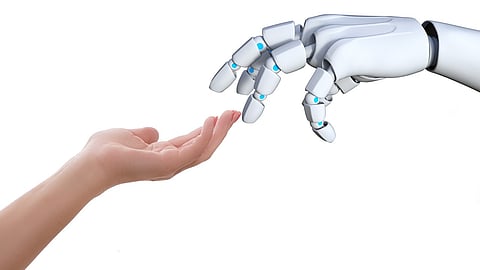"The researchers highlighted an increasing interest in using physiological data to evaluate an individual's emotional experiences." These advancements hold the potential to enable technologies capable of real-time emotion analysis and tailored interactions.
Applications in Human-Robot Interaction:
This research paves the way for robots that can empathize with humans, not just respond to commands. By understanding subtle physiological cues, these machines could provide tailored emotional support, adapt their behavior to match a user’s mood, and even offer comfort in challenging situations.
Skin conductance is particularly promising because it reacts to emotional stimuli within one to three seconds, making it ideal for real-time emotion detection. Unlike traditional methods that rely on visual or auditory input, it prioritizes physiological signals, reducing errors and privacy concerns.
Future Implications:
The integration of skin conductance with other physiological measurements could revolutionize the field of emotionally intelligent robotics. Applications could range from healthcare and education to customer service, where empathetic robots would enhance user experiences.
The researchers concluded, "These findings pave the way for developing systems that can precisely estimate emotions by combining various physiological signals."
The possibility of robots understanding and responding to human emotions through touch signifies a new era of human-machine interaction. It brings us closer to intuitive devices that not only perform tasks but also connect with users on an emotional level, making technology more human-centric.
References:
1. IEEE. "IEEE Access." IEEE Xplore. Accessed December 27, 2024. https://ieeexplore.ieee.org/xpl/RecentIssue.jsp?punumber=6287639.
(Input from various sources)
(Rehash/Sai Sindhuja K/MSM)


